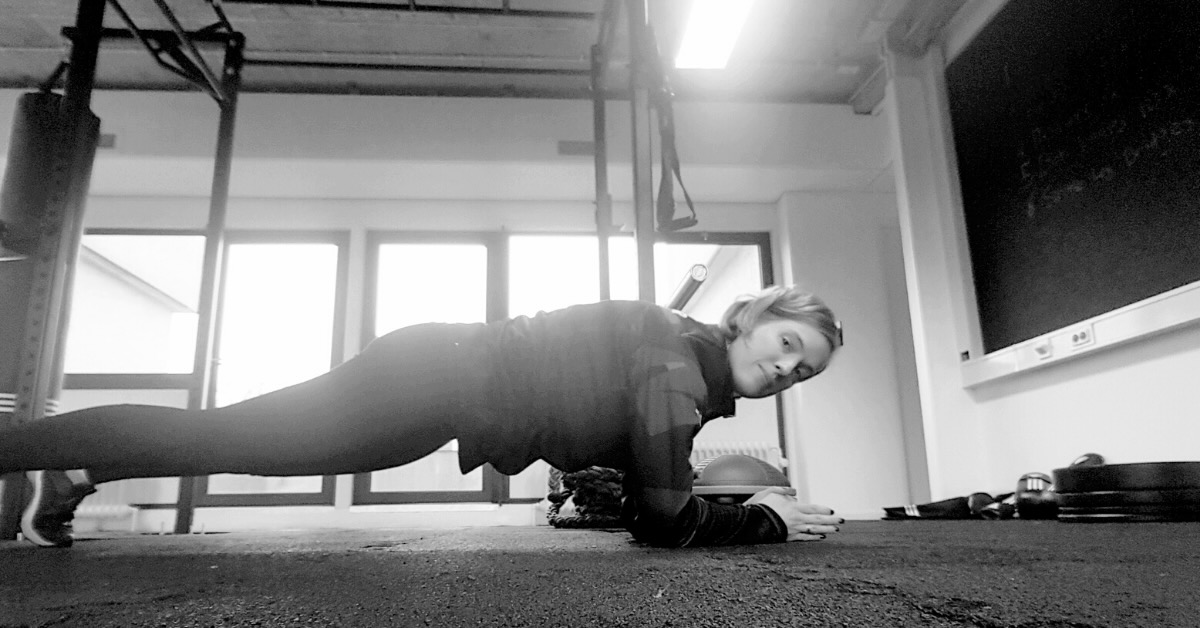Functional training is training aimed at improving or supporting a physical action or function. The exercise can be aimed at, for example, a task in daily life, injury prevention, a goal to be achieved, or a sport-specific goal.
In some cases it can be functional to train something else first before we start working on the real goal, so that you can function optimally and get everything you need to achieve your goal. For example, if you want to start powerlifting, but you have never done this before. Then it may be advisable and functional to do other exercises that support a powerlifter, in addition to powerlifting itself. E.g. Trunk stiffness.
The training supports the goal
Various gyms claim that they offer classes that provide functional training, but practice shows that these training sessions are sometimes incorrectly referred to as functional training.
Functional training works best when it is aimed at an individual and not at a group of people, unless this group has the same goal, such as a sports team. This is usually not the case at a gym and that is why many training methods are wrongly labeled as functional training. Functional training is not determined by a training method or exercise, but rather by a request for help from an athlete or individual that is aimed at a specific function/task.
The training must support the goal. A good example is a volleyball player who wishes to be able to jump higher. Volleyball players have to jump a lot and depend on their jumping ability. A player with strong calf muscles jumps higher and will get tired less quickly. Calf muscle exercises are an obvious option to jump as high as possible. You can do this in several ways, such as jumping rope or training with various resistances. As long as it is aimed at improving or supporting the function and/or task.
First the basics have to be good
In some cases it can be functional to train something else first before we start working on the real goal, so that you can function optimally and get everything you need to achieve your goal. For example, if you want to start powerlifting, but have never done it before. Then it may be advisable and functional to do other exercises that support a powerlifter, in addition to powerlifting itself. E.g. Trunk stiffness.
Heavy weights
The functional aspect for the volleyball player in our example decreases when we train with heavy weights. Because you do not have to overcome heavy resistance while jumping, it is more functional to train with a low weight and many repetitions. In addition, the speed of a jump is also very important in a competition. It is then advisable to choose a training with many repetitions at high speed. Jumping rope comes pretty close to that.
When your goal is to grow more muscle mass, on the other hand, jumping rope will be less functional. And especially the heavier weights in a workout. Provided this is also done in a good functional way.
Also interesting to give an example of an exercise that is not functional in many cases. Abdominal exercises such as 'sit-ups', where you repeatedly bend the upper body, are often not functional. The purpose of the abdominal muscles is to stabilize the spine and these exercises require little stability. Your core muscles ensure that you do not fall to the right, left, forward or backward. They keep you upright. Exercises such as sit-ups and similar abdominal exercises are very stressful on the intervertebral discs. In many cases, it will do you more harm than good in the long run. This is therefore not functional and will not contribute to the goal.
First formulate your goal
Functional training is not aimed at developing maximum muscle strength (unless that is your goal), but rather focused on whether it is of addition to daily life or in your sport or in the interest of your goal. But you must first formulate your goal and be clear about what exactly your goal is. Only afterwards will you add exercises that can ultimately serve that purpose. In short, functional training is mainly used to get closer to your goal.
Daniëlle de Jong-Roet
Enforce Franchisee & Master Trainer
danielle@enforce.nl
Schedule a free coaching session or take the online membership test
Does this sound good and are you also ready for a fitter & healthier life? Then schedule a free coaching conversation now Join me or one of the other master trainers! 100% risk-free, the first step has never been easier!
Are you still in doubt? Then take the no-obligation online membership test: 6 short questions (only 1 minute to complete) to discover whether Enforce suits you!


